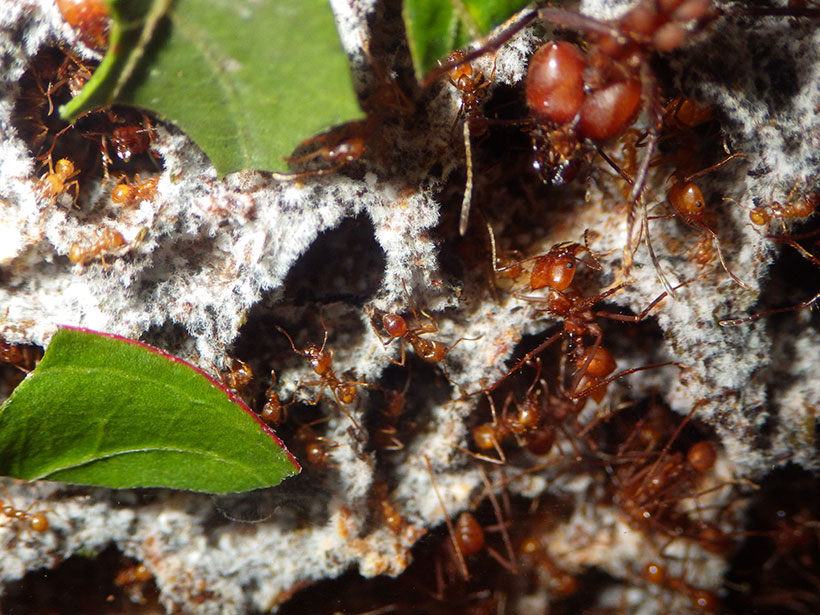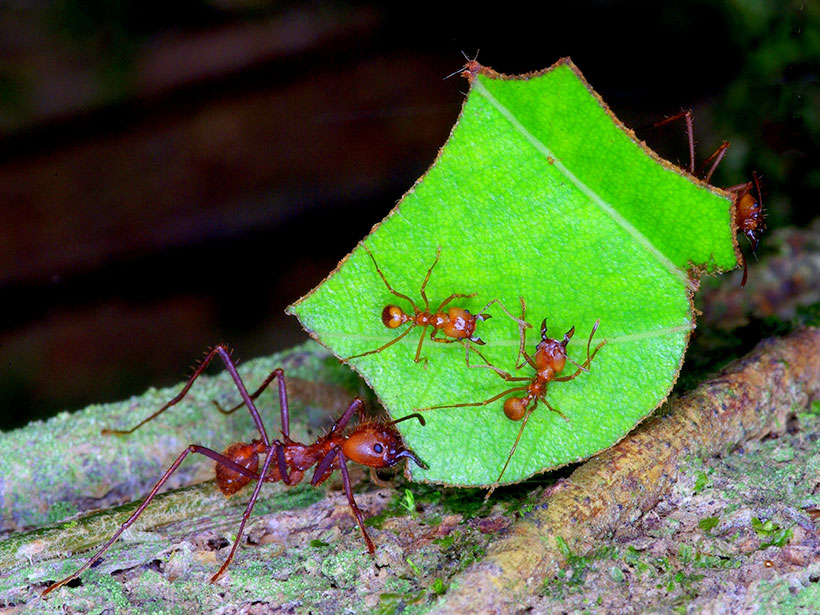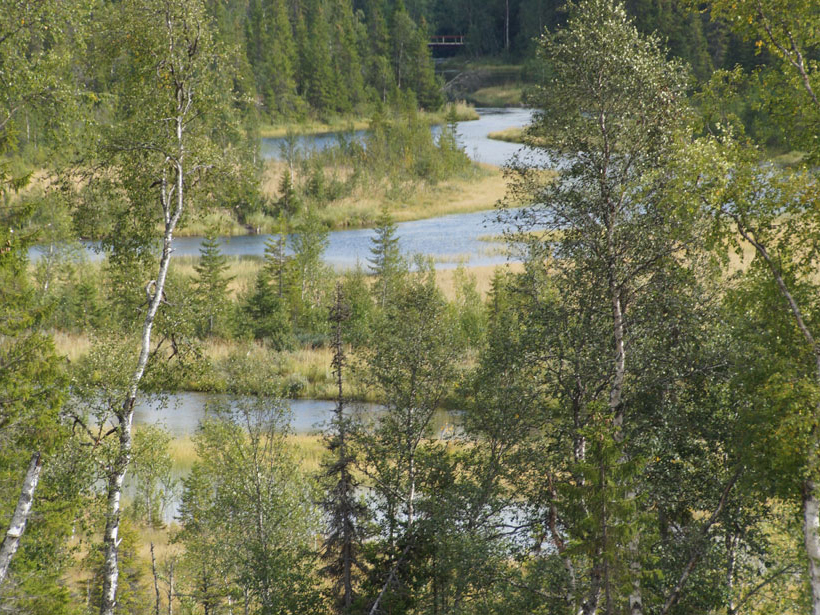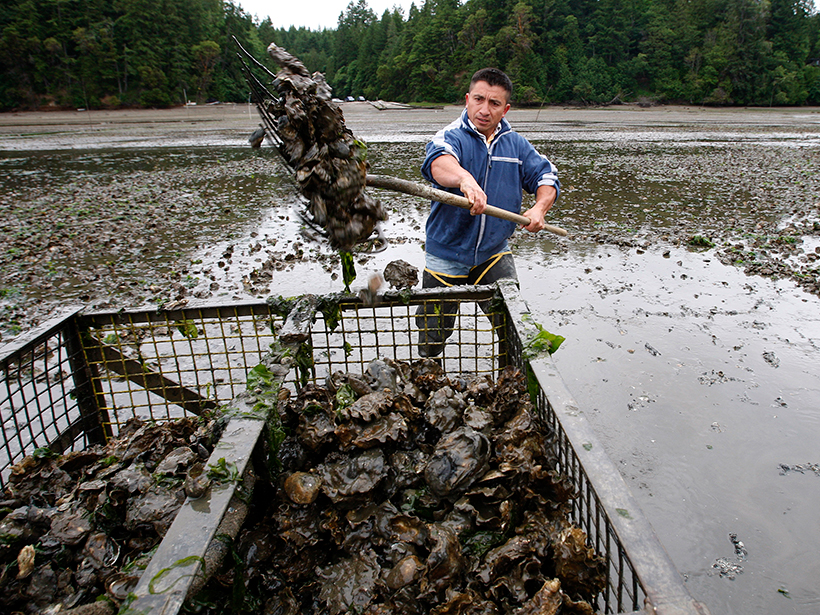Simulating the dynamic nature of plant root profiles in Earth system models improves the representation of the carbon and water cycles.
carbon cycle
In Search of Life Under the Seafloor
A multinational research team drilled into the seafloor to see whether chemical processes in exposed shallow mantle rocks could generate nutrients to support life in the subsurface.
Rooftop Gardens Make Use of the Air We Breathe Below
Growing plants near building air vents may help them grow better, while reducing the carbon emissions from the people exhaling inside.
Ant Nests Act as Carbon Dioxide Chimneys
Leaf-cutter ant nests emit thousands of times more carbon dioxide than the surrounding soils do, a new study has found.
Radionuclide Data from GEOTRACES Improve Particle Flux Estimates
New measurements of multiple radionuclides in the Atlantic Ocean offer a robust constraint on the sinking flux of particles and associated vertical fluxes of biogeochemically important elements.
Leaf-Cutter Ants Boost Carbon Dioxide Emissions from Soil
Leaf-cutter ant nest openings emit up to 100,000 times more carbon dioxide than surrounding soil, a new study shows.
Organic Particles Affect Carbon Cycling in Boreal Waters
Dissolved organic carbon receives much of the focus in aquatic research, but a new study suggests that bulkier particulate matter may play a significant role in regulating carbon dioxide emissions.
The Fate of Root Carbon in Soil: Data and Model Gaps
Root Trait and Soil Carbon Workshop; Oak Ridge National Laboratory, Oak Ridge, Tennessee, 31 July to 1 August 2018
Developing Ocean Acidification “Champions” in Congress
Ocean acidification “provides a case study of a way that we can drive forward bipartisan action on an environmental issue,” says an Ocean Conservancy scientist.
Tracing the Path of Carbon in North America
A team of more than 200 scientists released a decade-long look at how carbon weaves through Earth’s air, soil, water, and plants. Here are nine key takeaways from their report.










